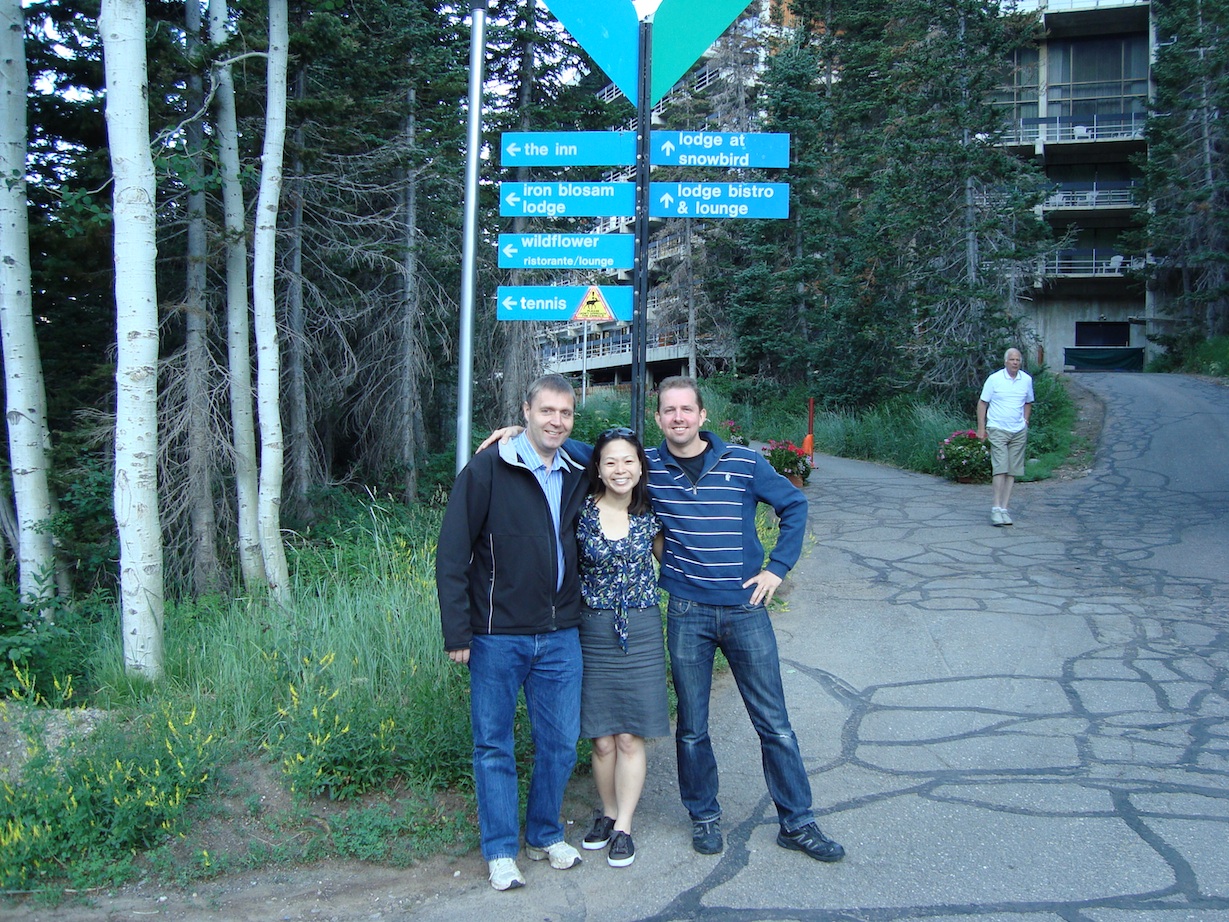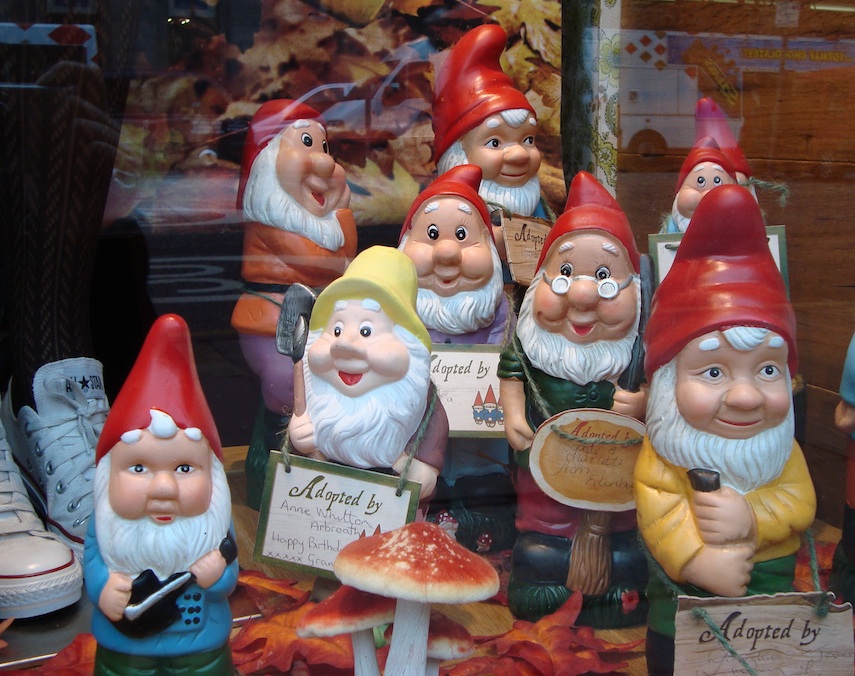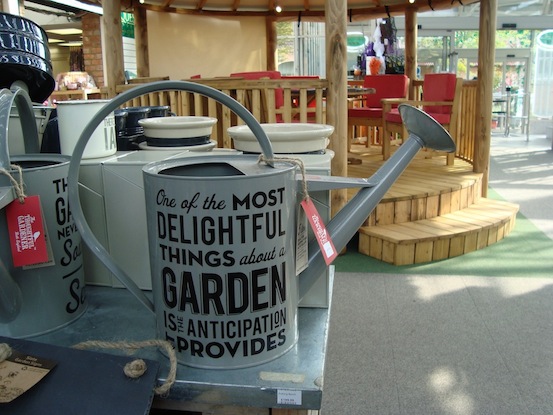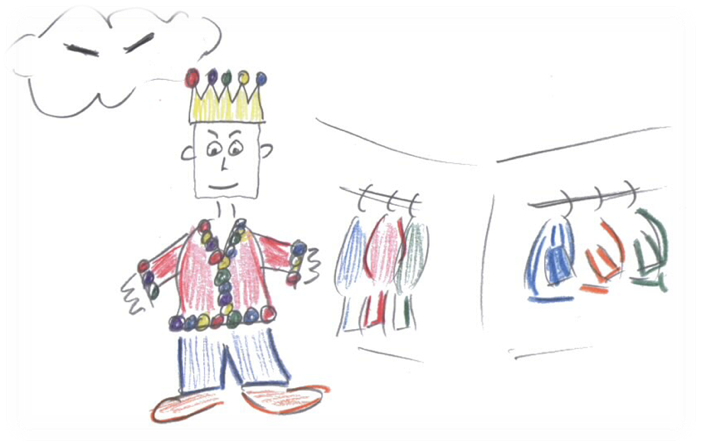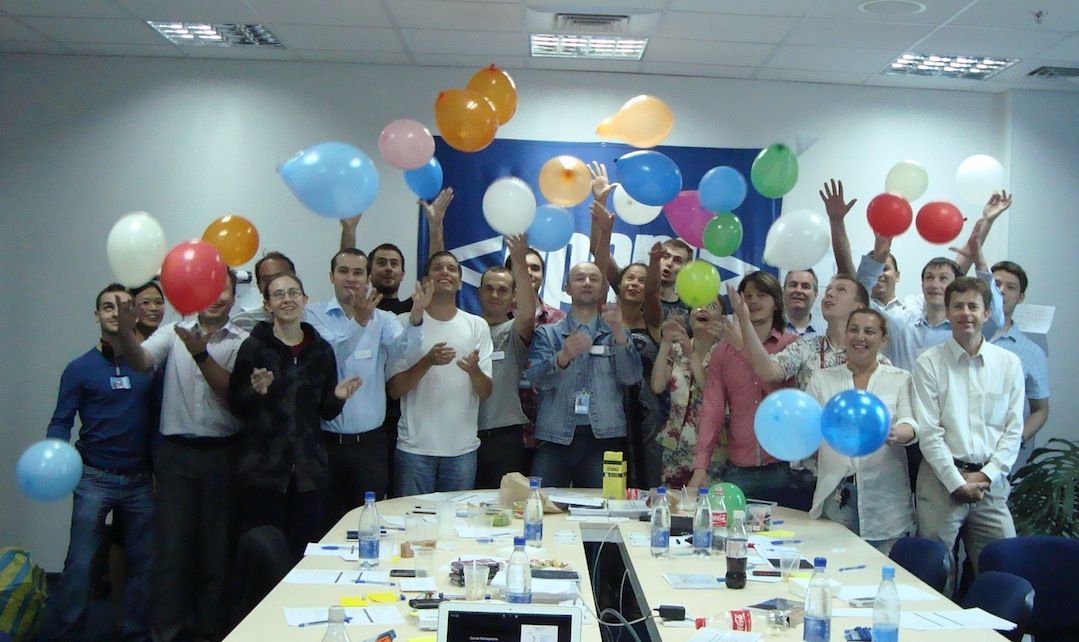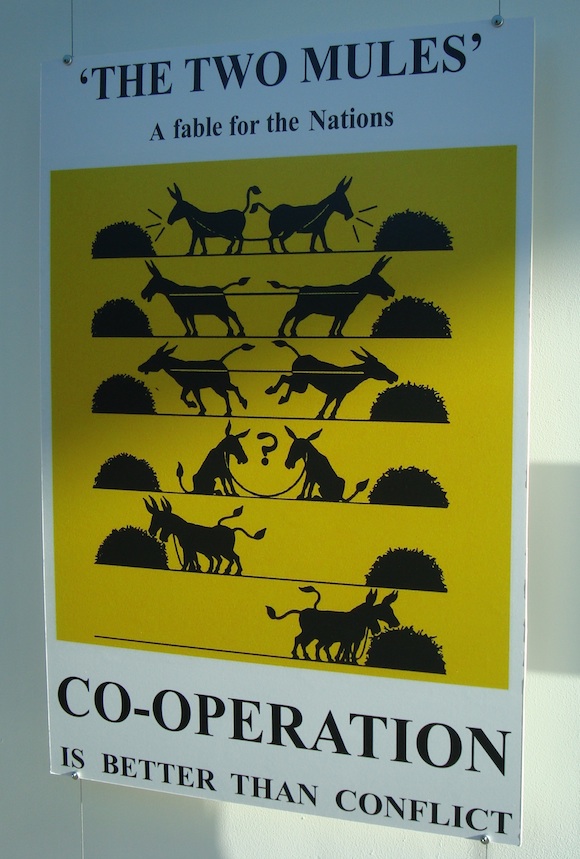
Begin with the end in mind
I still remember the moment when I first heard that Agile 2011 was going to take place in Salt Lake City, Utah. It was during an announcement at the end of Agile 2009.
At the time I wasn’t sure how I’d get there and with whom I’d go, but two things were certain.
Firstly, I thought it would be nice to re-live history by visiting the room where the Agile Manifesto was created 10 years ago. Partly out of curiosity and partly out of respect to the 17 visionary-signatories without whom I probably wouldn’t have a job I love doing and related to IT.
Secondly, I would have to go with a group. After all, Agile is fundamentally about people working together. It would be odd and sad for me to show up and no one to relive the historic moment with.
Almost everything I’ve ever experienced with Agile has been remarkable, so it came as no surprise that our journey to Snowbird was equally serendipitous.
Mission Possible
As soon as I arrived in Salt Lake City, I started polling for interest about a visit up to Snowbird. My mission was clear: to get a bunch of people up to Snowbird to celebrate the manifesto‘s 10th birthday. I didn’t do it in a fanatical way. Rather, I offered it as an option.
Some people would smile politely and nod, agreeing that it was a good idea in principle. Others would stare bemused since they felt it unnecessary; we were already at the conference, isn’t that all that mattered? May be for them, but not for me.
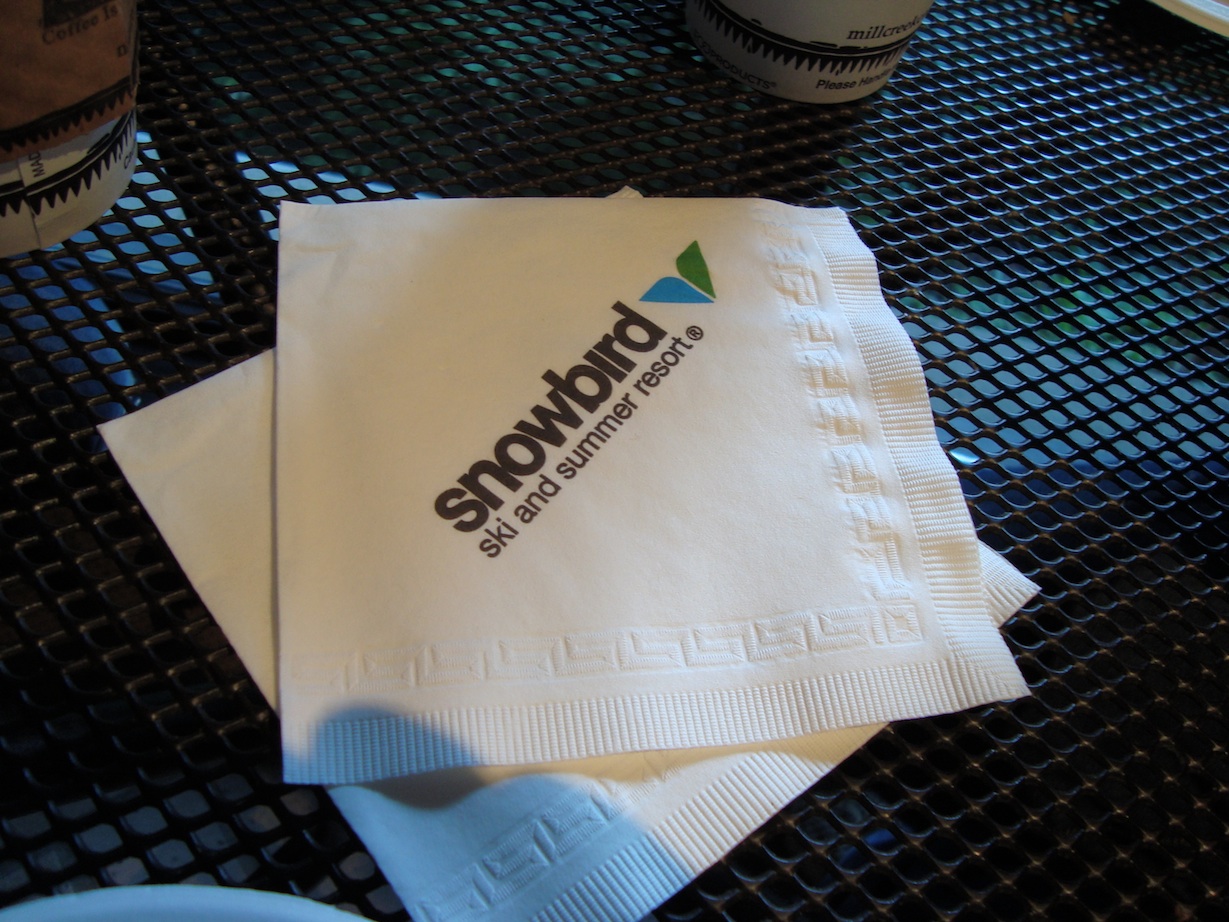
Two days into the conference, I only had one other person seriously interested in making the journey – Carsten Ruseng, a friendly Dane, from Systematic.
Over the course of the next couple of days, we tried to create and evaluate options for making the visit possible. We both wanted to make the most of the conference AND we wanted to visit Snowbird. I felt confident that we could achieve the mission if only we applied Agile and Systems Thinking to the problem.
Information Gathering and Agile Planning
Meanwhile, I needed to find out the exact location of the room. Fortunately, I bumped into Alistair Cockburn during the conference and he gave me precise directions. It’s Lodge at Snowbird, exit 3. The rooms’s just above the reception. That was the most crucial piece of information I needed to complete my mission.
Then finally, last Thursday, on the evening before the last day of the conference, Carsten and I committed to executing the mission (the last responsible moment). We’d meet bright and early the next day (at 7 am to be exact) and go to Snowbird. It would mean that we’d miss Kevlin Henney’s talk but I knew Kevlin would understand.
Without a goal, it’s hard to score
Throughout our planning conversations, we always went back to our goals for the mission. In Carsten’s words, “We’ve already come all this way for the conference. Not going would be like not seeing Niagara Falls even though we were in Toronto.” Since we’d both managed to visit the falls independently during Agile 2008, I understood what Carsten meant.
But we were still only two. Given that three’s a crowd, I wished for one more person to join us on the pilgrimage. Just when I’d almost given up hope late Thursday night, Carsten texts me to say that Henrik Kniberg would like to join us and would that be OK. OK? I said. Most definitely!
Carpe diem
We arrive at 07.50 outside Lodge at Snowbird. When we get to the reception, I look the gentleman behind the desk straight in the eye and begin to explain why we are there.
We’ve come to see a very special room, I say. We’re in Salt Lake City to attend a conference and 10 years ago, a bunch of people created a manifesto related to the conference. They created the manifesto in the room just above your reception, I explain.
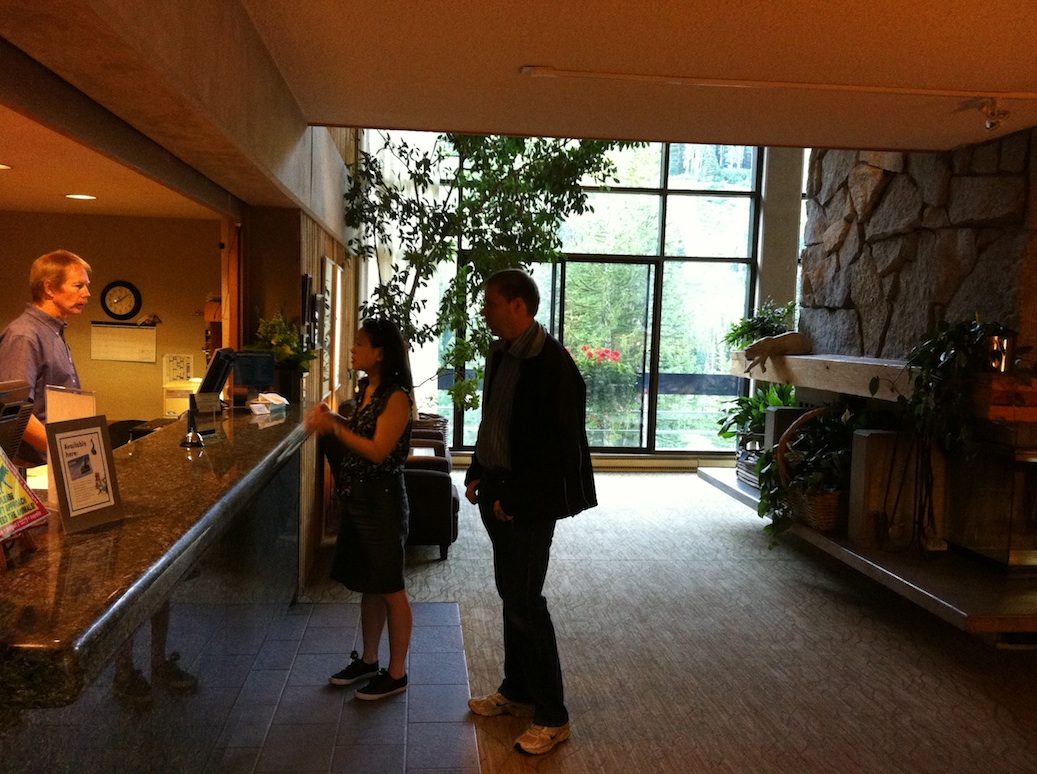
At first, the gentleman stares at us blankly and then he starts to ask us a whole bunch of questions. What’s the conference about? Where do you all come from? Why is seeing the room so important?
So close, yet so far
Just when I think he is going to decline our request, Monte tells us that 10 years ago, he left the IT industry. He tells us how, at the time, he thought there must be a better way of developing software and he even wrote an essay about it. He asks us to tell him a bit more about the manifesto. Have the lives of IT professionals improved, he asks. Are they happier? To which we reply things have improved, but with improvements come greater expectations. We’re doing our best. We’re always striving to learn, we tell him.
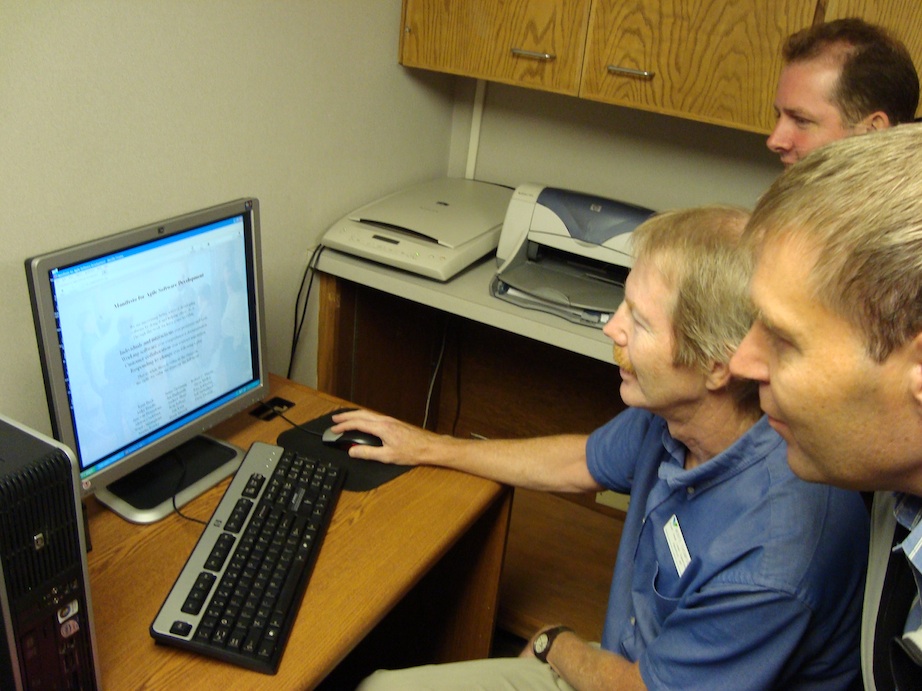
Monte ushers us into the office so that we could look up the manifesto online. Henrik had come up with the idea that we could double-check we’re looking at the right room based on the background picture of the manifesto with the signatories stood in a circle.
History is what we make it
Everything from there is history. Before taking our group picture, we scribble up the 4 values as though they were fresh from yesterday. We start joking and laughing at our adventure. At first, we ask Monte to take a picture of us. Then we set the camera on auto-shoot so that we can get a picture with Monte in it, too. This is the crowd I was hoping for.
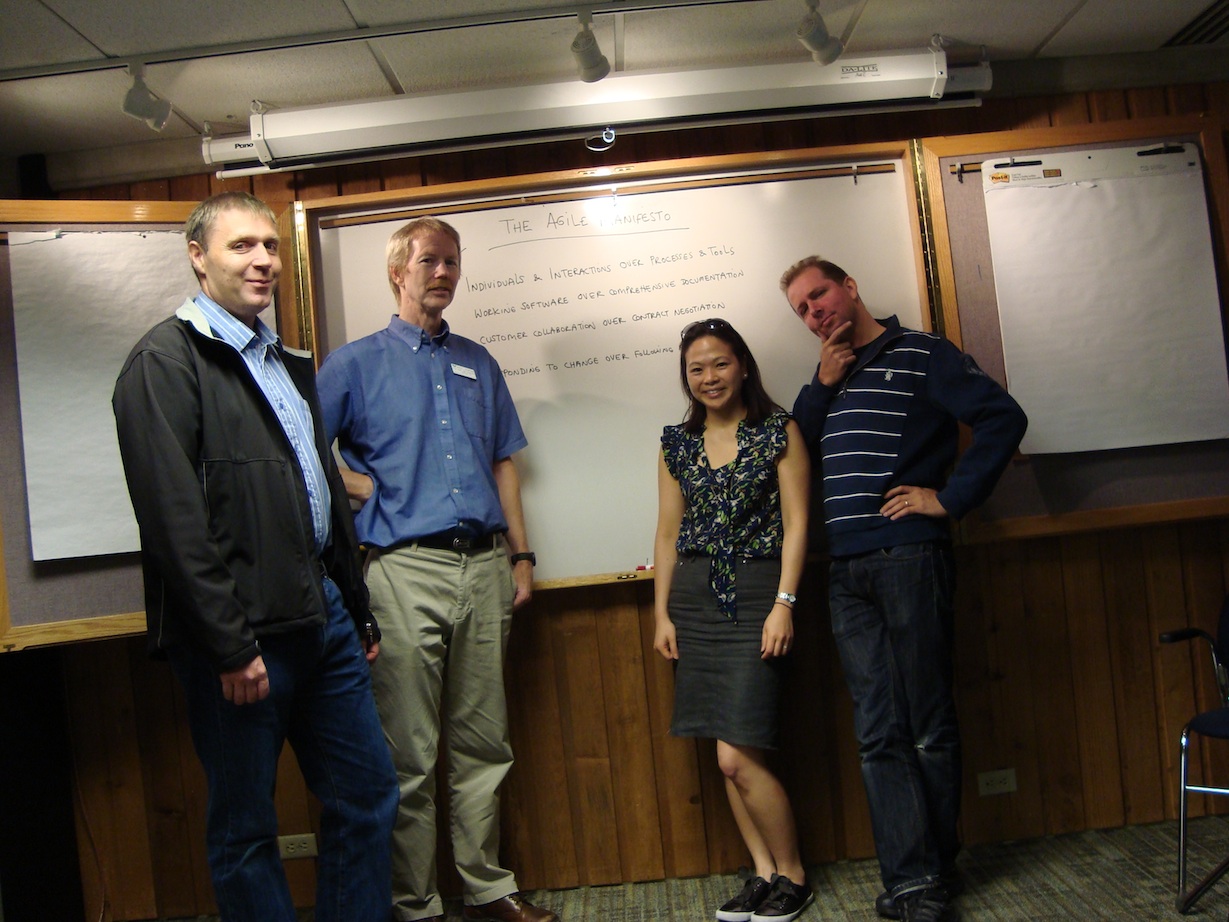
We spend the next half hour strolling around Snowbird. It’s not difficult to imagine how such beautiful scenery would inspire people to come up with something like the manifesto, Carsten remarks. During the walk, we exchange more of our memories accumulated over the last decade. We talk about getting lost, following and leadership.
So long, farewell, auf wiedersehen, goodbye…
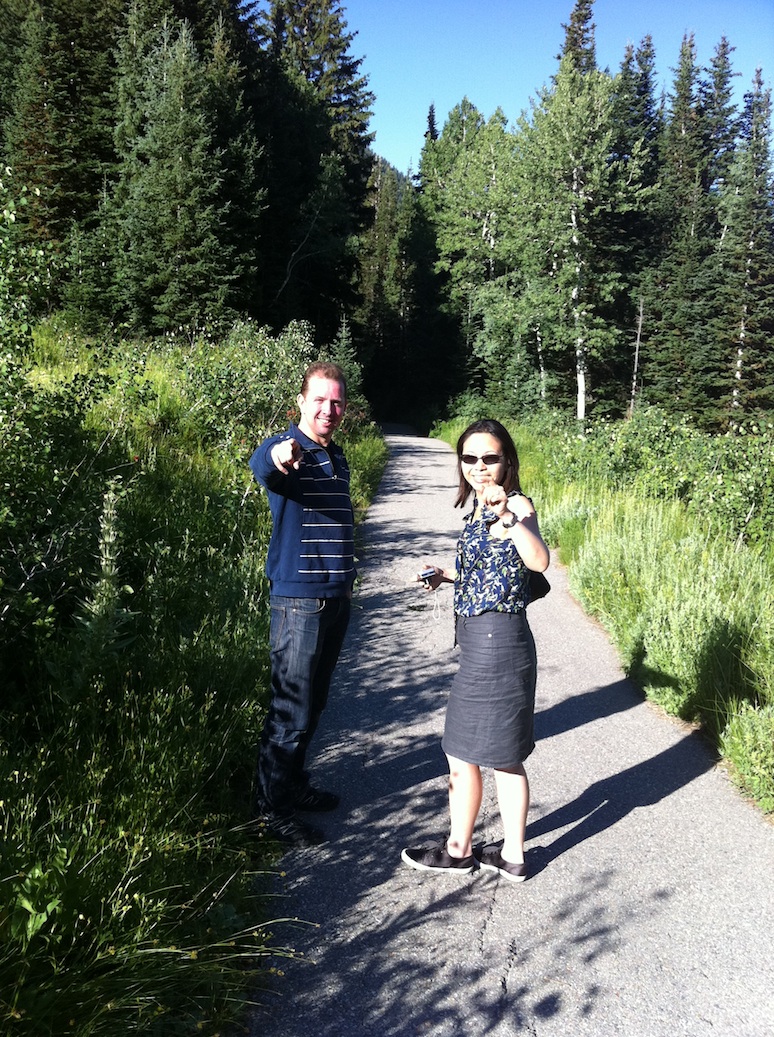
The overarching theme of that day has to be closure. Henrik mentioned it several times. He explains how he was going to go on a family holiday soon for six months and has handed over the Agile Manifesto translation project to Shane Hastie, newly elected on the Agile Alliance board. Henrik describes how by initiating a translation project in a certain region or country, it has brought people together, in debate and discussion about what the manifesto really means. Translating the manifesto into a different language usually marks the start of something important.
Making work matter
For me, closure has resulted in a new beginning. One that builds on the past while clearly looking into the future. It reminds me of Tom Peter‘s frustration when he wonders out loud why it’s taken so long for us to realise excellence, and we’re not there yet, even though he wrote the book “In Search of Excellence” more than two decades ago.
And my answer is this. Everyone knows what’s right, but only the Spartans do it. That was the lesson I learnt in history class all those years ago. We can go around claiming to be “agile”, but everyone else recognises when we’re not. To make progress, we need to first be honest with ourselves. How agile are we really? Most importantly, why should it matter? What do we want to achieve, now and in the future? How will you make work matter today?
